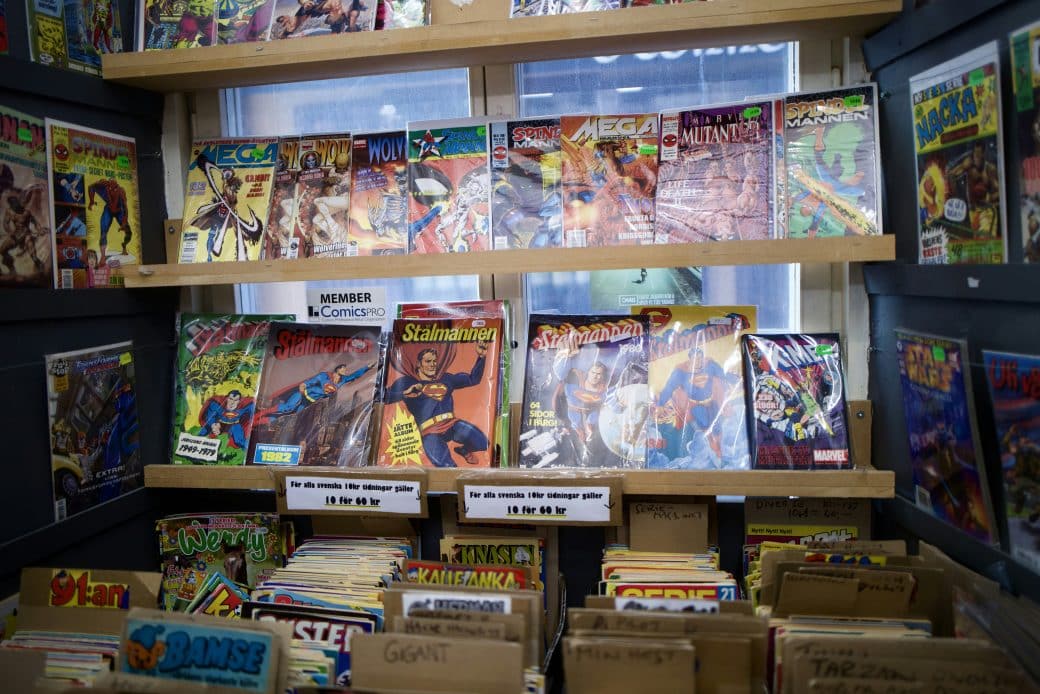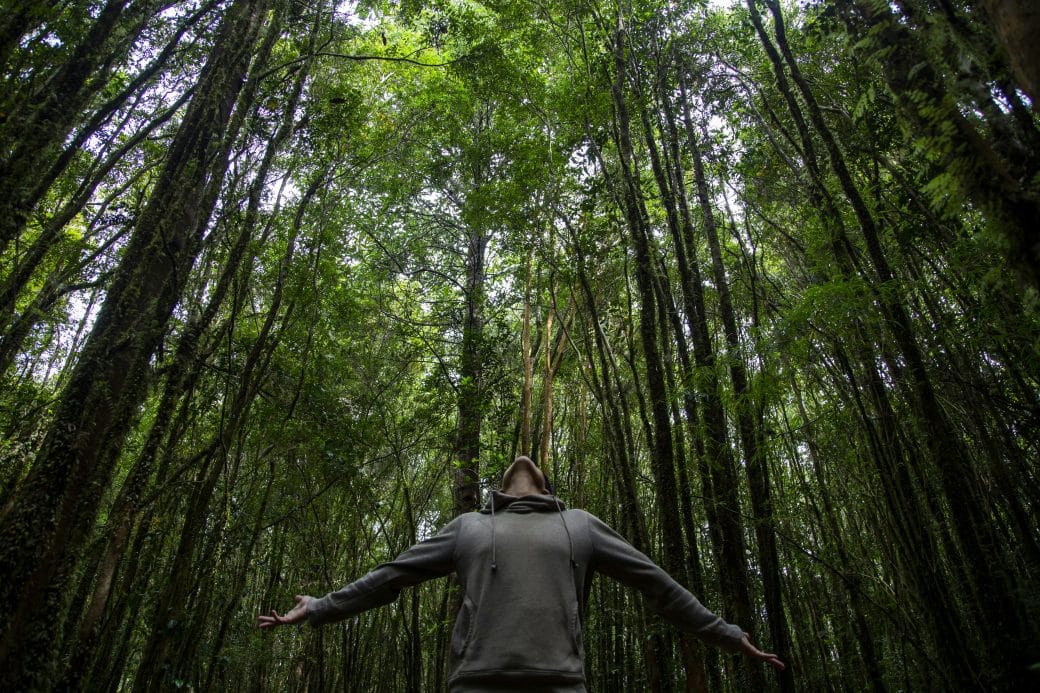So, you’re eager to refine your sketching skills and elevate your art to the next level, right? Well, you’ve stumbled upon the perfect guide for just that. “Unlocking Sketching Techniques: An Ultimate Guide for Aspiring Artists” is a treasure trove of insights that promises to transform the way you approach drawing. I’ll be taking you through a journey that bridges the gap between basic scribbles and sophisticated sketches. Whether you’ve been doodling in the margins of your notebooks or have spent hours trying to perfect a portrait, this guide is tailored to help you hone your abilities and discover new techniques that could very well be your artistic breakthrough.

Understanding the Basics of Sketching
Overview of sketching
For me, sketching is like breathing – it’s fundamental to my existence as an artist. It’s the most direct form of expressing visual ideas on paper. Sketching isn’t just about drawing; it’s about observing, understanding, and then representing. It’s fascinating how a simple set of lines, shapes, and shadows can create something that captures the imagination. Whether it’s a quick doodle or a detailed study, each sketch tells a story, my story.
Materials needed for sketching
When I started, I thought I needed fancy supplies, but over time, I’ve realized that sketching can be incredibly simple. All you really need is a pencil – I recommend starting with HB or 2B pencils as they offer great versatility. Then, you’ll need a good quality sketchbook. I prefer ones with slightly thicker paper to prevent bleed-through if I decide to add ink or watercolor. An eraser, a sharpener, and a ruler are also part of my basic kit. Beyond these, the world is your oyster. You can explore charcoal, different grades of pencils, colored pencils, and markers as you progress.
Setting up your workspace
My workspace is my sanctuary. It’s where my ideas come to life. To set up a conducive sketching environment, I ensure there’s plenty of natural light. Desk lamps are great for those late-night sessions. I keep my materials organized and within reach. A comfortable chair and a desk at the right height can make long sketching sessions much more enjoyable. I also like to keep inspiring objects or images around me for inspiration. The key is to create a space that feels inviting and sparks creativity.
Learning the Fundamentals of Form and Shape
Recognizing basic shapes in objects
When I began to sketch, understanding that everything around us can be broken down into basic shapes was a game-changer. A cup is a cylinder, a car is a series of rectangles and circles, and so it goes. Training my eye to see these shapes not only simplified complex objects but also improved my accuracy in capturing them on paper.
Creating form using shading
The magic in sketching, for me, came alive when I learned to use shading to create form. It’s about observing where the light falls and where the shadows lie. Shading adds depth, making the sketch pop off the page. It’s a dance of light and dark, and understanding its nuances can transform a flat circle into a spherical ball that looks like it’s resting on your page.
Understanding perspectives and angles
Perspective was a challenging concept for me at first. The idea that objects appear smaller as they get further away, and understanding how angles affected the way I saw them, was perplexing. However, learning about one, two, and three-point perspectives opened a whole new dimension to my sketches. It’s thrilling to see a flat piece of paper take on depth and realism.
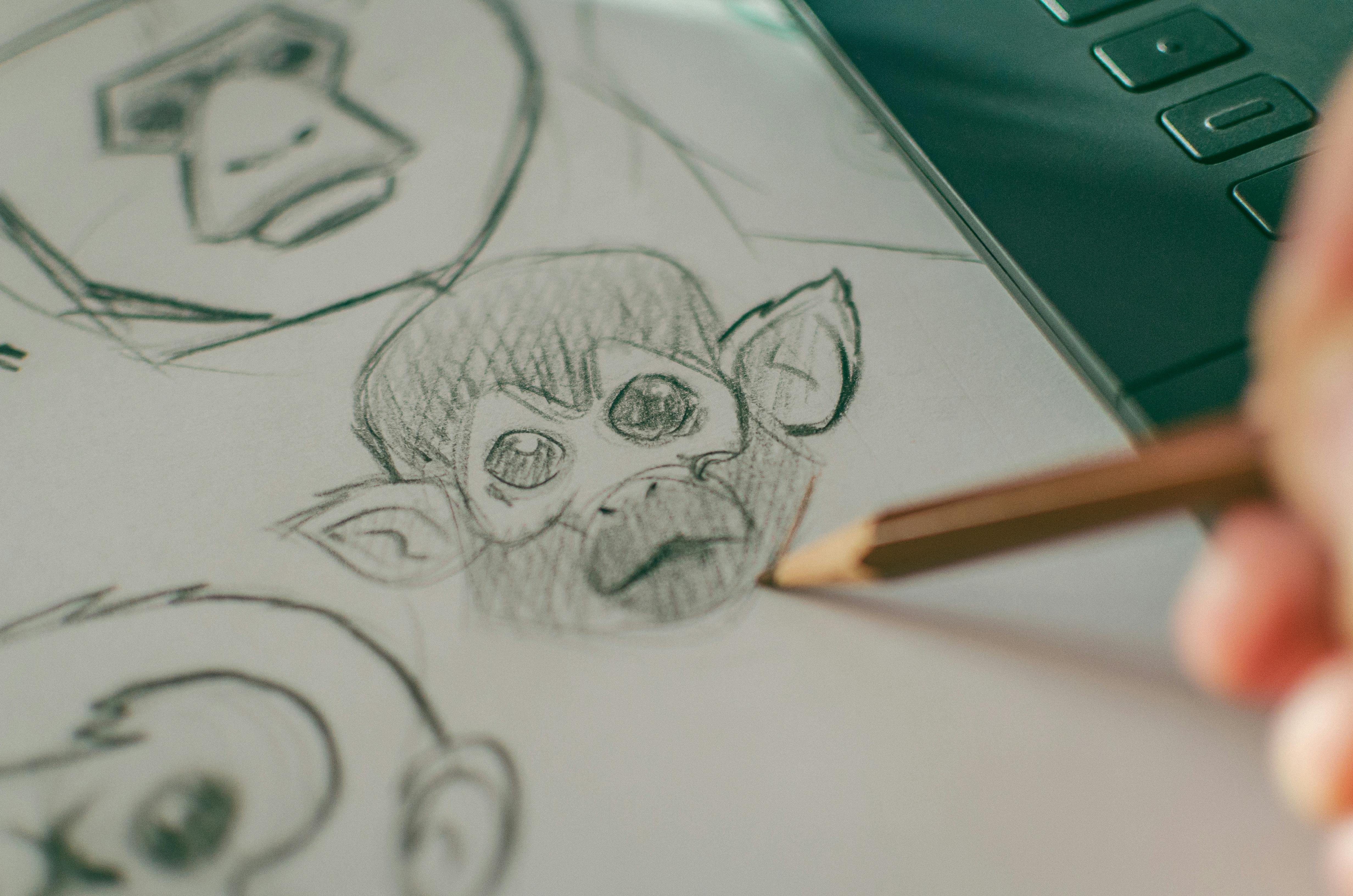
Mastering the Use of Lines
The significance of line quality
I’ve learned that every line tells a part of the story. The pressure of my pencil, its movement, and the emotion behind it all contribute to the line’s quality. A line can be bold and assertive or gentle and tentative, significantly affecting the mood and feel of a sketch.
Different types of lines and their uses
Exploring different types of lines was a journey of discovery. I found that straight lines add structure, dashed lines can signify motion or something ethereal, while curved lines bring a natural, softer feel. Zigzag lines can introduce tension or energy. Knowing when and where to use these lines allows me to convey the exact feeling I’m aiming for in my work.
Understanding line weights
Line weights can subtly (or not so subtly) guide the viewer’s eye through the sketch, creating a visual hierarchy and indicating depth. Thicker lines can signify closer objects, while thinner lines suggest something farther away. Playing with line weights adds a dynamic element to my sketches, giving them life.
Developing Shading Techniques
Techniques for creating light and shadow
One of my favorite aspects of sketching is playing with light and shadow. I use a range of techniques like hatching, cross-hatching, stippling, and blending to create different textures and depths. Each technique can offer a unique feel, from the roughness of a tree bark achieved through cross-hatching to the smoothness of a pebble with blending.
Understanding value and contrast
Grasping the concept of value and contrast truly elevated my sketches from flat drawings to lifelike representations. It’s about the scale of darkness to lightness and everything in between. A strong contrast can draw attention, highlight focal points, and add drama, while a subtle contrast can evoke a soft, gentle feeling.
Creating texture through shading
Textures bring a sketch to life. I learned to observe the world through the lens of texture, noticing how the light plays off different surfaces. Mimicking these textures in a sketch—whether the roughness of tree bark or the softness of a feather—adds an incredible layer of realism and depth.
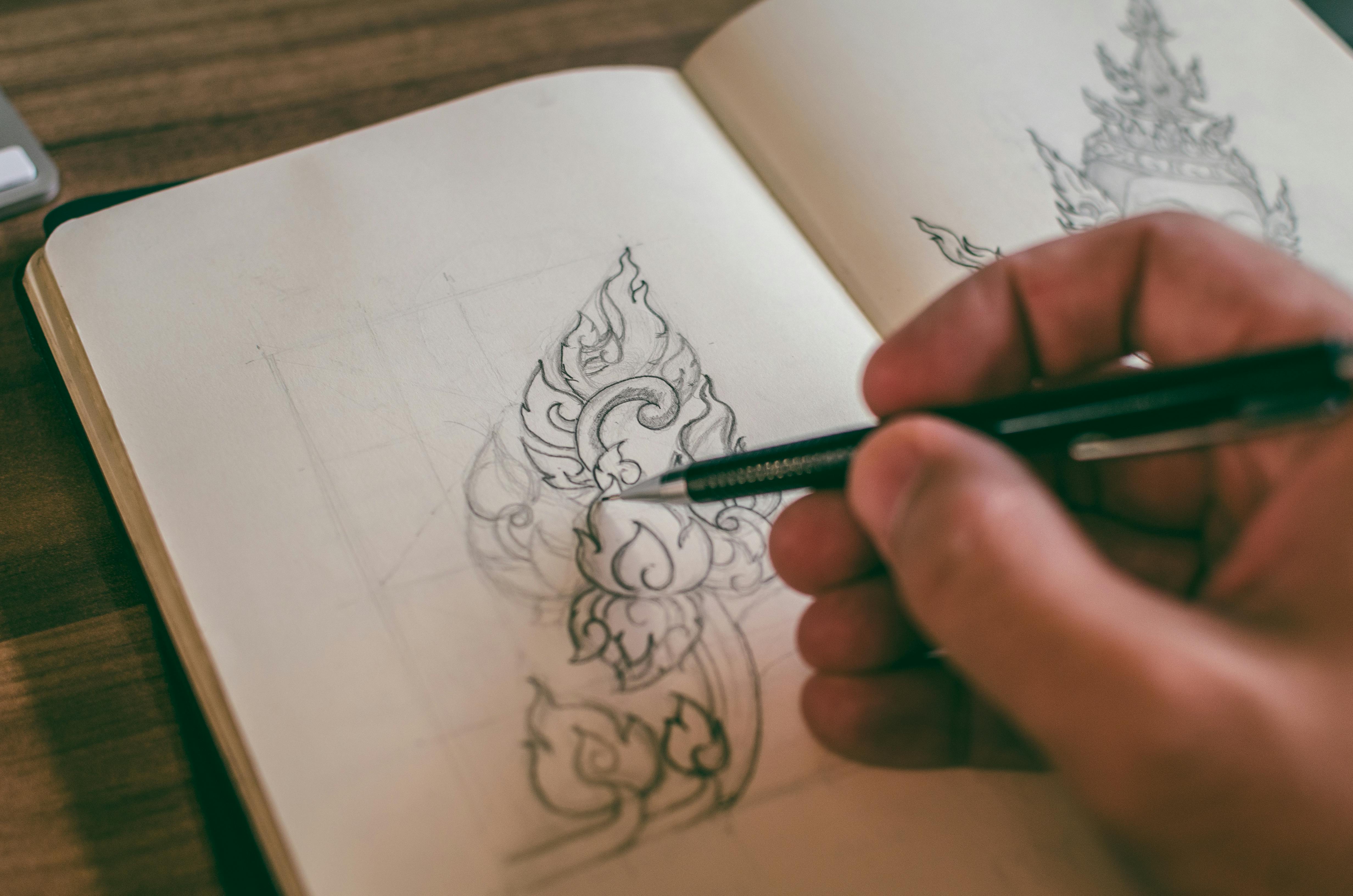
Practicing Basic Sketching Exercises
Drawing from observation
Observation is key in sketching. I started with simple objects, analyzing their forms, shadows, and textures. This practice helped me improve my accuracy and attention to detail. It’s amazing how drawing from observation trains you to see the world in a new light.
Sketching from imagination
Once I grew comfortable with observation, I began sketching from imagination. This was liberating—it allowed me to explore ideas, characters, and worlds that existed only in my mind. This balance between observation and imagination keeps my creativity flowing.
Drawing still life objects
Starting with still life drawings was invaluable. Arranging objects with varying textures, shapes, and sizes taught me composition, form, and shading. It’s a controlled way to experiment with different sketching techniques and understand how light and shadow work together.
Exploring Figure Drawing
Understanding human anatomy for artists
Embarking on figure drawing, I quickly realized the importance of understanding human anatomy. Knowing where muscles are located, how they connect, and how the human skeleton supports the body, allowed me to create more realistic and dynamic figures.
Tips for sketching the human form
My journey in sketching the human form improved when I started to simplify the body into basic shapes and used guidelines for proportions. Capturing the essence of a pose with quick, gestural strokes before focusing on details helped me greatly. It’s about capturing the motion and emotion first.
Introduction to gesture drawing
Gesture drawing revolutionized the way I approach figure drawing. It’s not about capturing every detail but grasively seizing the movement and flow of the figure. Starting my sketches with quick, gestural lines sets a dynamic foundation for more detailed work.
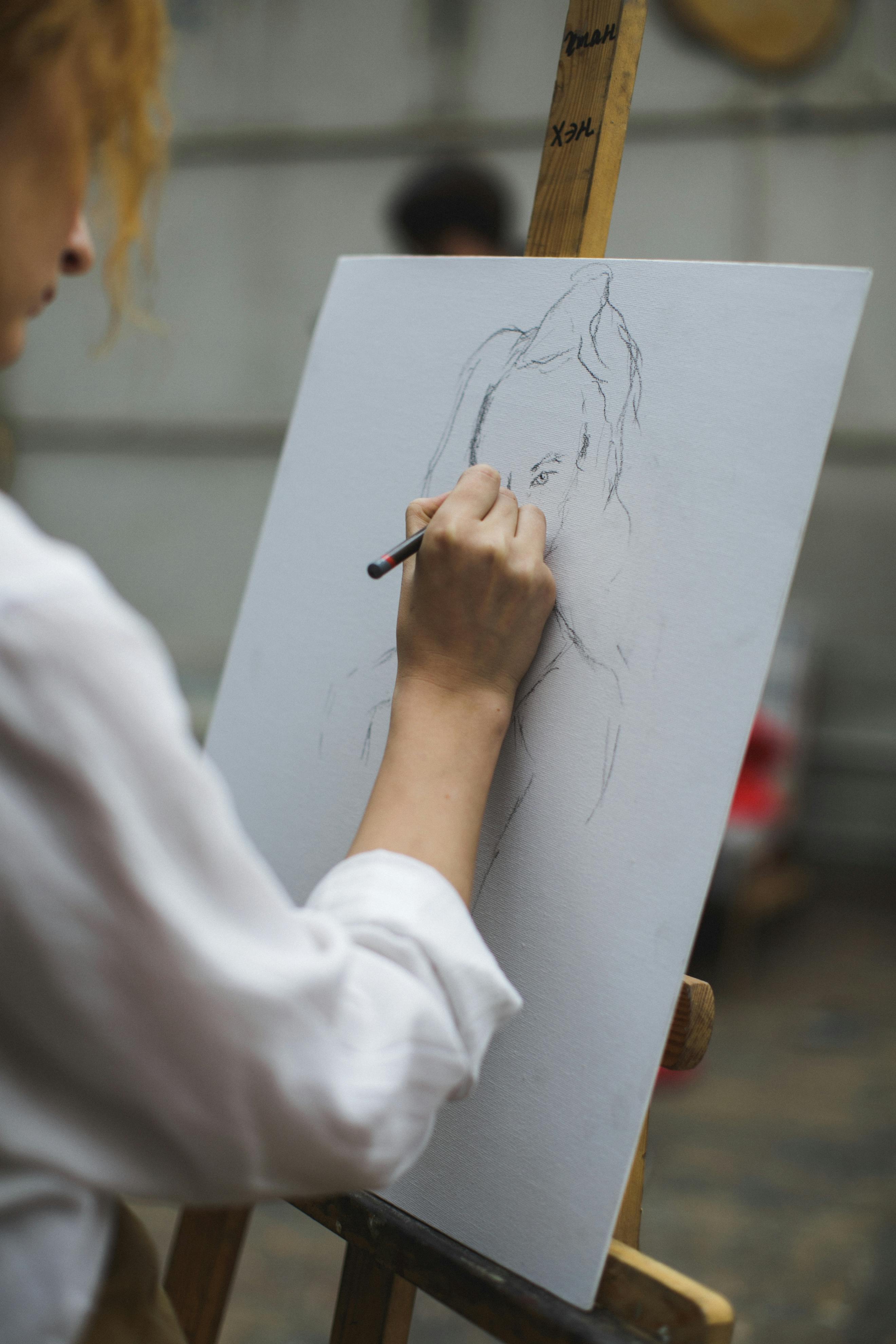
Capturing Portraits
Fundamentals of facial proportions
Understanding facial proportions was critical for portrait sketching. Learning the rules—like the eyes being one eye-width apart, and the bottom of the nose being halfway between the eyes and chin—gave me a guideline to create balanced and realistic faces.
Techniques for drawing realistic eyes, nose, and mouth
Mastering the subtleties of drawing eyes, noses, and mouths came down to observation and practice. I learned to pay attention to the unique shapes and shadows that define an individual’s features. Capturing the light reflecting in an eye or the way shadows define the structure of a nose can breathe life into a portrait.
Capturing emotions through expressions
Portraits became truly captivating when I began to focus on expressions. A slight change in the eyebrow’s curve or a minor adjustment to the mouth’s corners can radically alter the portrayed emotion. Capturing these nuances is what makes portrait sketching so profoundly rewarding.
Creating Landscapes and Architectural Sketches
Breaking down complex scenes into simple shapes
Approaching landscapes and architecture, I applied the principle of breaking down complex scenes into simple shapes. This method helps massively in tackling intimidating subjects, making them more manageable and enjoyable to sketch.
Understanding perspective in landscape drawing
Perspective plays a crucial role in landscapes and architectural sketches. Learning to apply perspective rules made my drawings more realistic and gave them depth. Whether it’s a bustling city scene or a tranquil landscape, getting the perspective right is key.
Sketching architectural details
Architectural sketching fascinated me with its blend of precision and creativity. Observing and capturing the details—like the texture of bricks or the ornate patterns on a facade—adds a layer of richness and authenticity to architectural sketches.
Advancing Your Sketching Skills
Developing your unique style
Over time, I’ve come to realize that developing a unique style is a natural progression. It’s about letting my preferences, influences, and experiences shape how I sketch. Embracing my quirks and preferences has made my art truly mine.
Overcoming common drawing challenges
Facing challenges like proportion errors or stiffness in figures head-on has been part of my growth. I learned that making mistakes is part of the process. Persistence, practice, and a willingness to learn from every sketch have been my best tools in overcoming these challenges.
Getting inspired by master artists
Studying the work of master artists has been incredibly inspiring. It’s fascinating to see their techniques, understand their thought processes, and then apply what I’ve learned to my work. This continuous cycle of learning and applying keeps my sketches fresh and my passion alive.
Turning Your Sketches into Finished Artworks
Enhancing your sketches with coloring techniques
Adding color to my sketches was a thrilling step. Exploring with watercolors, colored pencils, and markers can bring a new dimension to your work. Learning how colors interact and influence each other, and understanding color theory, can elevate a simple sketch into a stunning piece of art.
Preserving and presenting your sketches
I’ve learned the importance of preserving my sketches. Using fixatives on charcoal or pencil sketches, storing them properly, and framing the ones I’m particularly proud of, helps in maintaining their quality over time. Presenting my work in a clean and professional manner makes all the difference.
Tips for using digital tools to polish your sketches
Venturing into digital tools opened up new possibilities for refining my sketches. Software like Photoshop or Procreate offers endless options for tweaking, coloring, and enhancing sketches. It’s a blend of the traditional and modern that can result in truly unique artworks.
Unlocking these sketching techniques has been a journey of discovery, growth, and endless fascination for me. Each step, from mastering the basics to refining advanced skills, has enriched my understanding and love for sketching. It’s a journey I’m excited to continue, knowing there’s always more to learn and explore.

